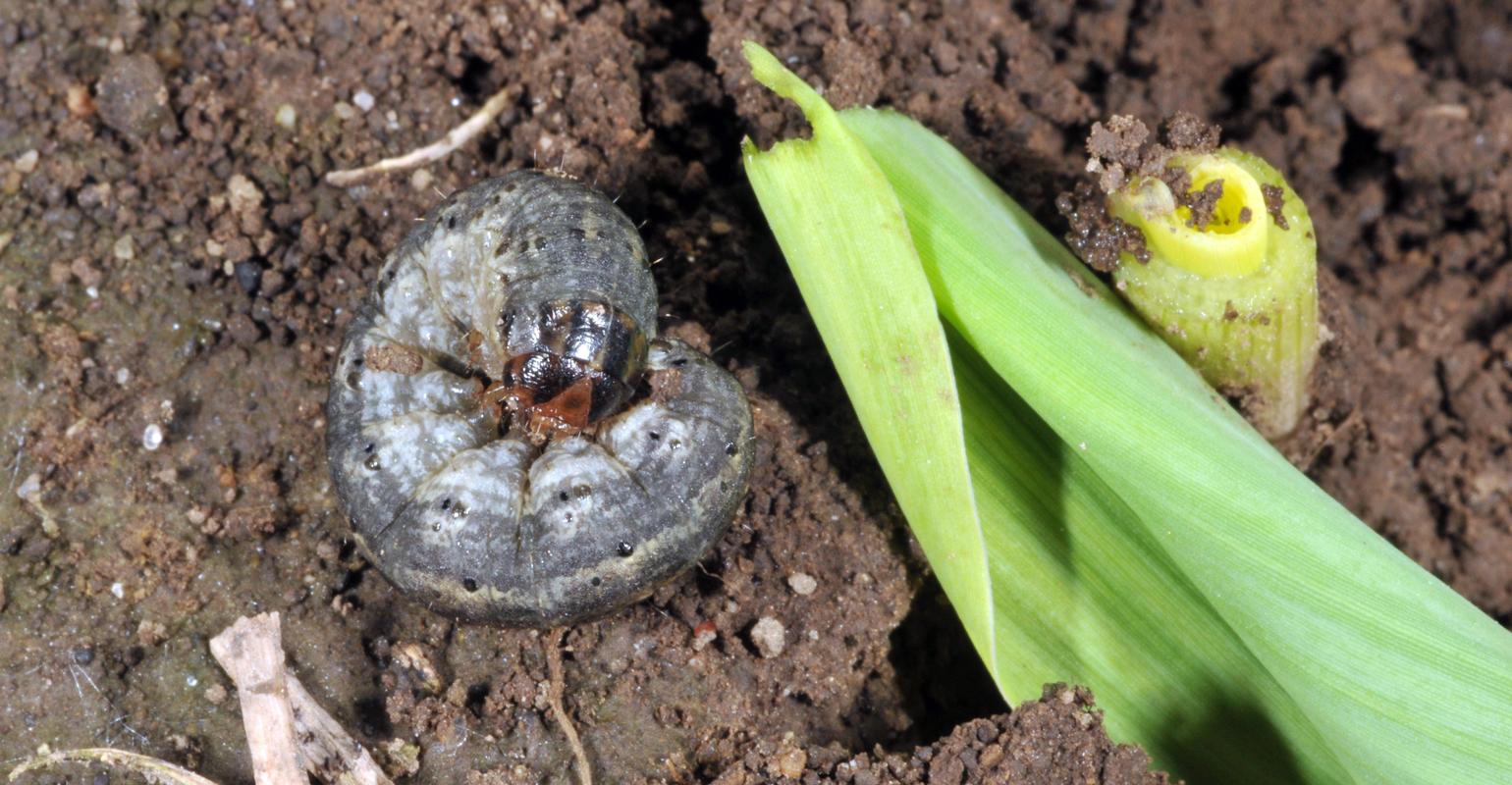Begin scouting for corn pests early

Corn Pest Beat: You can treat some insects and diseases; with others, you can only note presence for future years.
Apr 02, 2020
What insect and disease problems should I look for in corn from emergence to the V7, or seven-leaf, growth stage? Realistically, can I do anything about these if I find them?
The Indiana certified crop advisers panel answering this question includes Gene Flaningam, Flaningam Ag Consulting, Vincennes; Greg Kneubuhler, G&K Concepts Inc., Harlan; and Bryan Overstreet, Jasper County Extension ag educator.
Flaningam: Being able to control early-season pests will depend upon whether the pest resides above or below ground. Insects that feed on the root system, such as wireworms and rootworms, have very few rescue options with pesticides. Leaf-feeding insects such as corn borer, fall armyworm and cutworm can be controlled with a postemergence spray of a labeled pyrethroid insecticide.
It’s very important to plant treated seed. A second option is to apply an insecticide at planting for control of those seed- and root-attacking insects. Remember, scout those fields and evaluate stands early. Timely replant considerations are crucial to optimal yields.
Kneubuhler: Obviously, pressure can’t be assumed to be the same across the entire state, or even within your own operation. Insects to focus on early in the season are wireworms, white grubs, Asiatic garden beetles, seed corn maggots, cutworms, flea beetles, slugs and armyworms. While that is quite a list, some of them can be treated if you determine a threshold has been met. While over half this list cannot be treated post-problem, the situation can be noted for the future. Many of these are controlled via seed treatments, traits or soil-applied insecticides.
In early stages of corn, generally the only diseases you find are pythium or fusarium. There is no in-crop rescue for these, as they are commonly controlled via planting high-quality seed and fungicide seed treatments.
I would encourage you to work with your CCA to help identify the pests and potential treatments, unless you feel confident in your ability to make those calls. I would also encourage you to scout. Many problems are identified and treated in the early growth stages. At a minimum, early scouting helps you make decisions for future management.
Overstreet: There are several pests that are underground, such as wireworms and rootworms. If you did not put a preventative treatment down at planting, you will not have many options at this time to do much treatment. Nematodes are one that you may scout for this year especially, if we have had a cool, wet spring. This may not help much this year but will help you more on future crops.
There are some aboveground pests that you can scout for and help this year’s crop. Cutworms, armyworms, stinkbugs, slugs and flea beetles are all pests on newly emerged corn that can be controlled if needed. Many years these pests don’t reach economic damaging levels, but each should be scouted for anyway each season. As the crop gets closer to the V7 stage, European corn borer should be scouted for, especially if you have nontraited corn.
On the corn disease front, the seedling blights will need to be monitored. If they’re too persistent, you may need to consider replanting. At V7, you may start scouting for some of the foliar diseases such as northern corn leaf blight, which is more common in cooler weather, and gray leaf spot.

